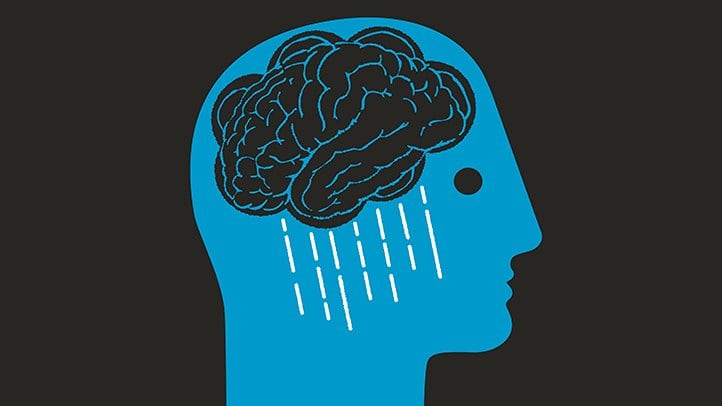
Hours: 3 Approvals: ARF, RCFE
Course Summary
This three-hour online course looks at the different kinds of depression from minor adjustment reactions to major depression and bipolar disorder. Depression can cause serious disruption to sleep, appetite, enjoyment of life, relationships with others, work, and tasks of daily living. Depression is also associated with the risk of suicide. Students will learn the causes of depression and how it differs in men and women in its incidence and symptoms. Administrators who work with children will better understand how to identify depression in young people and when to seek out treatment. Providers who work with adolescents who have autism will learn to recognize the difference between social isolation in autism and true depression. Students will also learn how the risk for depression increases in the elderly along with physical problems such as heart disease. Readers will appreciate a fascinating lesson on learned helplessness that looks at how an individual’s negative view of self can perpetuate low self-esteem and self-defeating behaviors. The final lesson covers the basics of anti-depressant medication as well as the revival of ECT for more severe depression.
Co-Location
This course is co-located for ARF, RCFE, and GH. Depression is a complex disorder that occurs over the entire lifespan. Assessing depression in an older adult begins by gathering information that includes the age of onset, family history, mental health contacts and treatments. An RCFE administrator who discovers a client had a history of depression in youth is in a better position to communicate a more meaningful history to the physician. A GH or ARF administrator can better understand the arc of depres-sion over an individual’s lifespan and more successfully identify the disorder, seek early treatment, and prevent a more severe decline.
Course Objectives:
Understand what depression is and when to seek out treatment for clients under your care.
Gain knowledge of how to differentiate the signs and characteristics of major depression vs. minor depression, bipolar disorder, and seasonal disturbances.
Gain knowledge of how to recognize how depression differs in men and women.
Develop basic competency in learning how to identify depression in children and adolescents who have autism.
Gain knowledge of both Learned Helplessness and Learned Optimism in understanding depression.
Learn the signs and symptoms of Bipolar Disorder, and it’s treatment.
Gain knowledge of antidepressant medications, their usefulness and the revival of ECT for more severe depression.